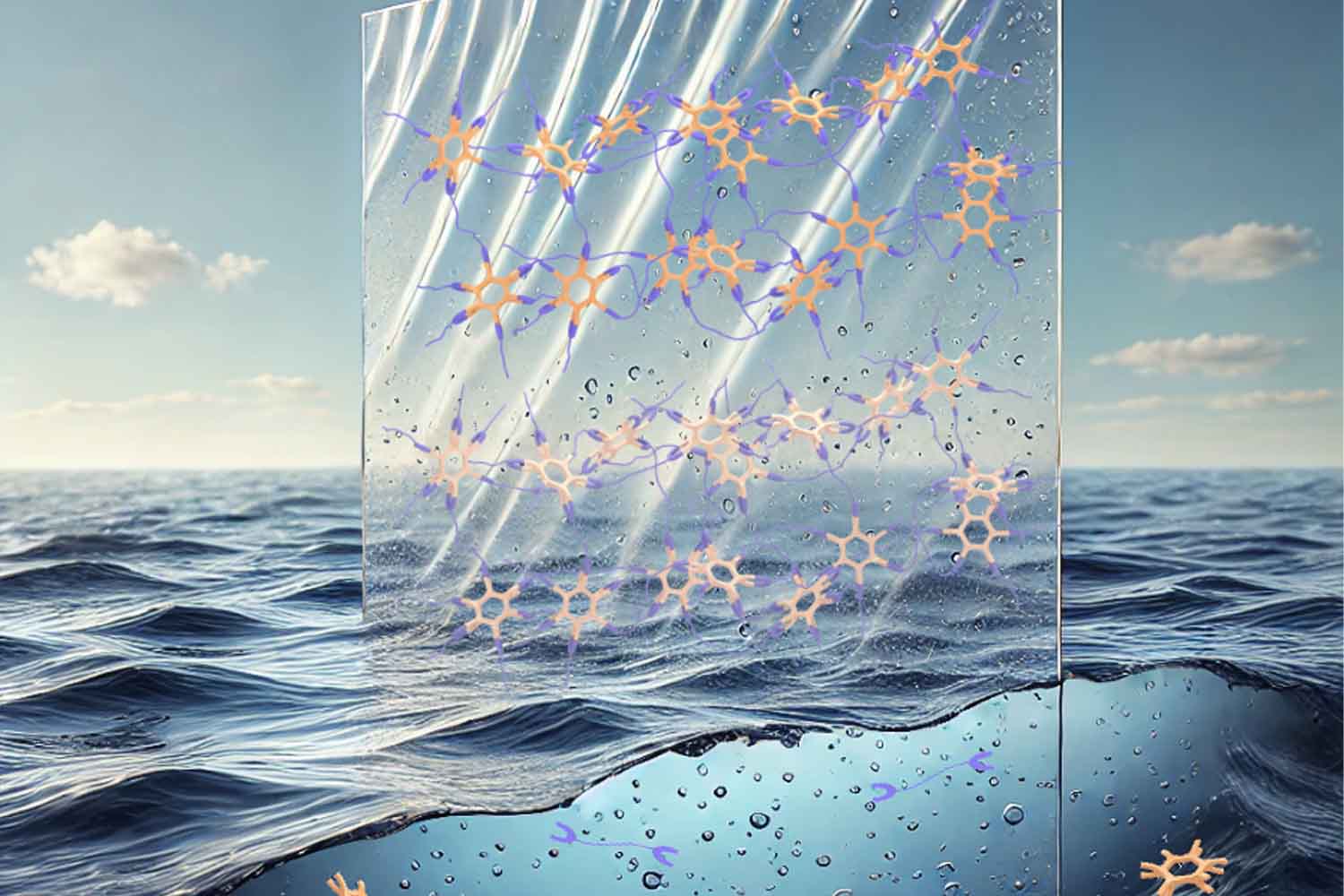Researchers at the RIKEN Center have developed an innovative plastic that maintains the strength of traditional materials but completely degrades in the sea

©Riken
Microplastics infuse everything: at the bottom of the seas, in the ground, in the air we inhale, and even in the food we eat. Plastic worth millions of tonnes is dumped into the ocean every year, breaking down into small particles that make their way into the food web and threaten ecosystems. But perhaps it might not be like this anymore with a recent finding. A team of scientists from Japan, led by the group leader Takuzo Aida and affiliated with the RIKEN Center for Emergent Matter Science (CEMS), has developed a long-lasting biodegradable plastic that can fully dissolve in seawater. This new plastic could be a game-changing invention to counteract microplastic pollution. The study was published in the journal Science.
A plastic that dissolves in seawater: how it works
There are biodegradable plastics already, but the majority of them—such as PLA (polylactic acid)—do not biodegrade in the ocean. What’s the result? Even those contribute to the microplastic problem. A better solution was necessary.
The researchers at RIKEN developed a new class of materials: supramolecular polymers, a type of plastic whose molecules are linked by reversible chemical bonds. The material is so strong and flexible because it is bound together by these bonds. Meanwhile, it breaks down in a controlled manner if it is exposed to seawater.
The key to this innovation is in its composition: the plastic is made by combining sodium hexametaphosphate, a common food additive, with guanidinium-based monomers. Both of these components are easily metabolized by environmental bacteria, ensuring complete and natural degradation of the material.
Durable, safe, and sustainable
Other than its biodegradability, this new plastic possesses numerous advantages over traditional materials. It is non-toxic, non-flammable, and does not release CO₂, eliminating one of the largest environmental issues surrounding plastic waste disposal.
Moreover, tests have also verified that the material is fully recyclable. After dissolving in saltwater, researchers were able to recover 91% of the sodium hexametaphosphate and 82% of the guanidinium ions, paving the way to potential applications in recycling and circular economy systems.
But the most surprising find is about its breakdown in soil: in 10 days, the material completely disintegrates, releasing phosphorus and nitrogen—both essential nutrients for the soil—working very much like a natural fertilizer.
A pollution-free plastic that even fertilizes the soil? It sounds like science fiction, but it is the future that science is developing.
The road to large-scale adoption
This discovery is a significant turning point in the fight against plastic pollution, but, if reform is to be truly transformative, industry and policymaker action are a necessity. Widespread adoption of the technology could significantly reduce the accumulation of microplastics in the ocean and on land, protecting the environment as well as public health.
At the same time, there is further research: next, the goal is to create this plastic that is commercially competitive to allow large-scale use across priority industries like packaging and industrial manufacturing. At least one thing is clear: future plastic must be sustainable, and this might just be what we have been searching for.
Source: Riken
